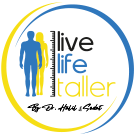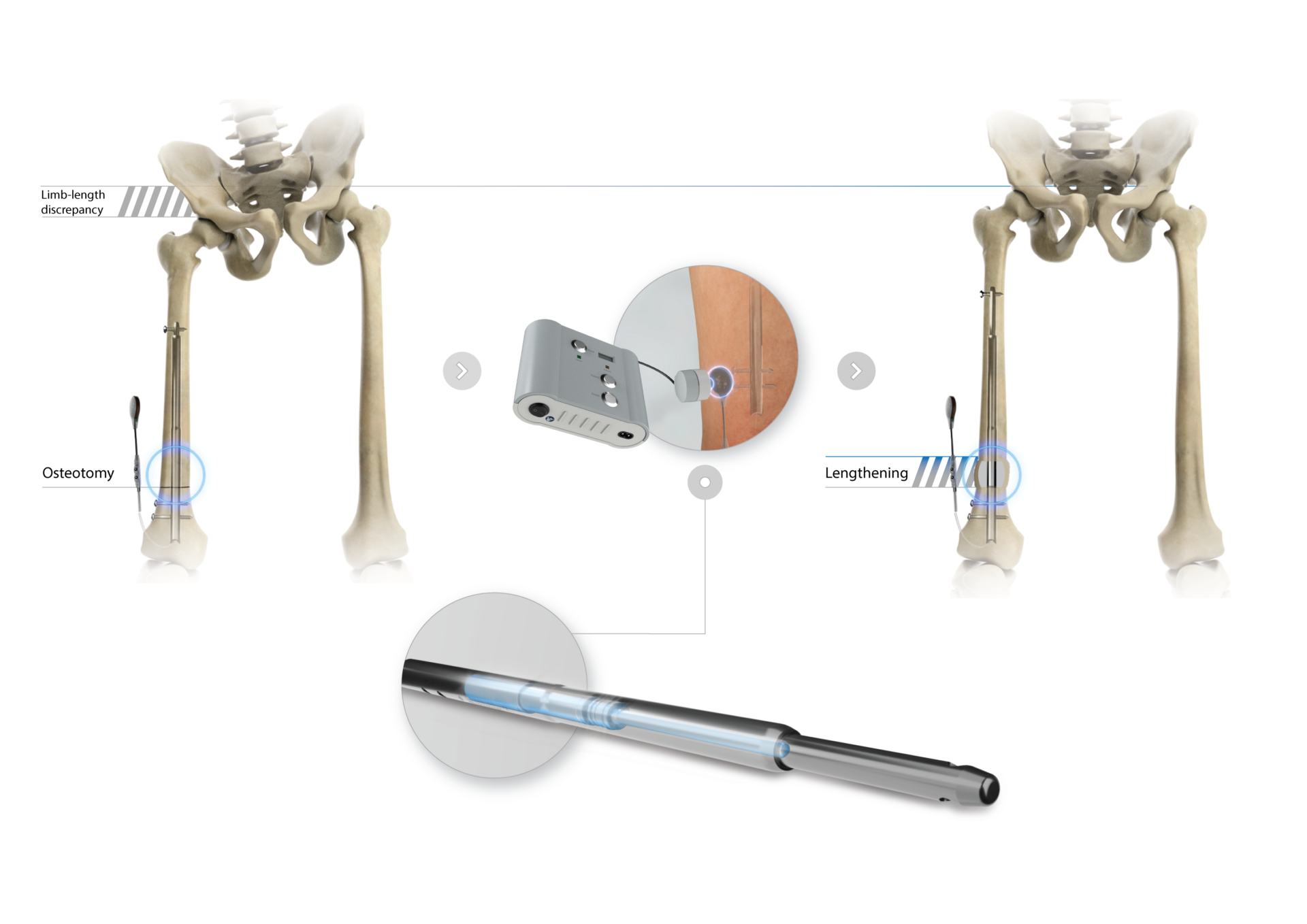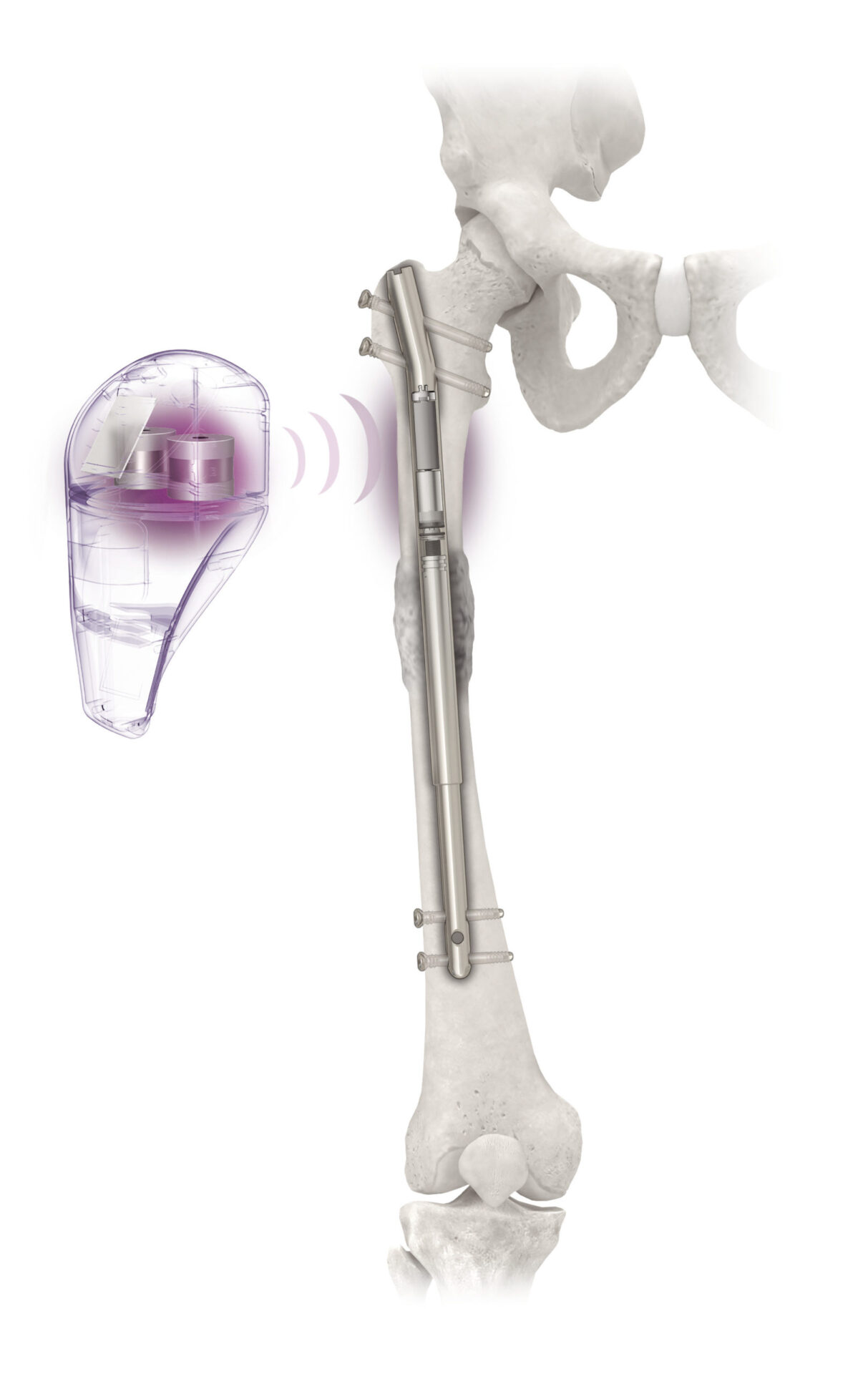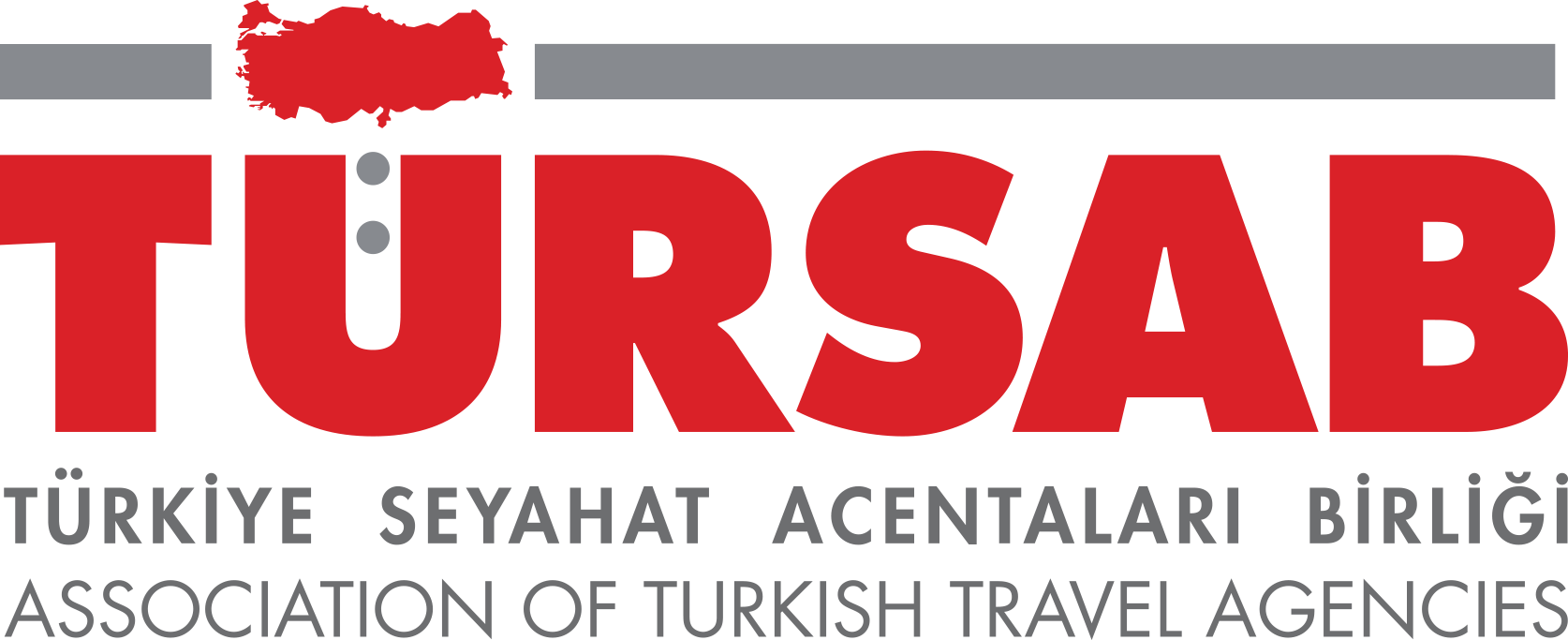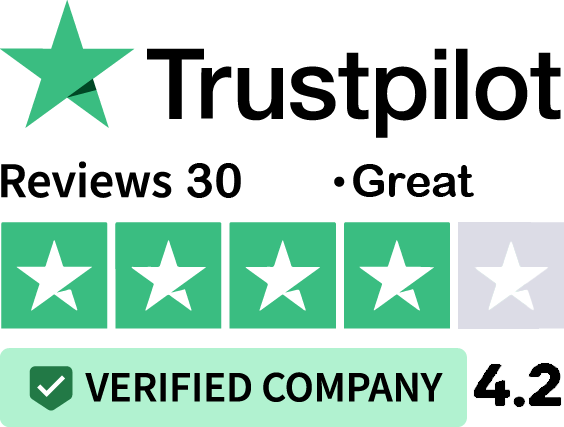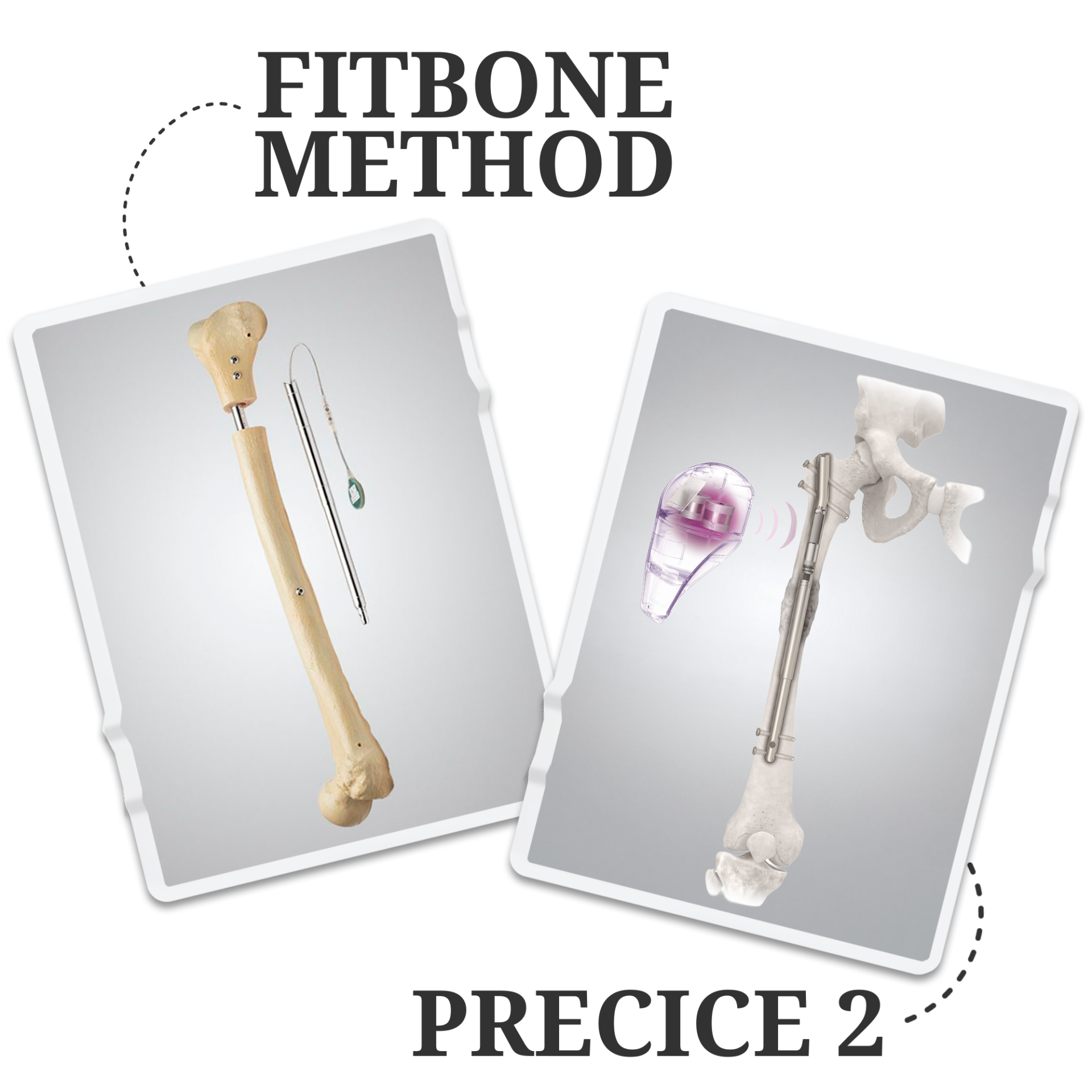
Table of Contents
ToggleIntroduction
Limb lengthening surgery has advanced dramatically in recent years, and two names dominate the field: Fitbone and Precice. Both are internal, implant-based systems that allow controlled bone distraction and gradual increase in height. Yet, when patients compare Fitbone vs. Precice, crucial differences become clear. Understanding the difference between Fitbone and Precice helps patients make an informed choice. This article offers a detailed Fitbone and Precice comparison in terms of technology, costs, recovery, pain, and long-term outcomes.
How Fitbone Works?
The Fitbone method is a fully implantable, motorized limb lengthening system developed in Germany. It consists of a telescopic intramedullary nail with an integrated motor, powered externally via a small antenna applied to the skin.
The process works with remarkable precision: once the bone is surgically prepared, the patient activates the nail using a simple external transmitter.
What sets the Fitbone system apart is its closed, wireless, and highly reliable mechanism. There are no external pins, wires, or manual adjustments required. This results in:
- Lower infection risk (no external components).
- Precise control of daily distraction rate (usually 1 mm per day).
- Silent, painless lengthening process.
Aesthetic advantage: no external scars besides the surgical incision.

Fitbone is not only a technological innovation but also a well-established system with over two decades of clinical use. The reliability and consistency of its outcomes make it one of the most trusted methods worldwide.
How Precice Works?
The Precice method, developed in the United States, is also an internal lengthening system but functions differently. It uses a magnetically driven nail that responds to an external hand-held device called an ERC (External Remote Controller). Patients place the ERC on the limb several times per day, which activates the internal magnet and causes the nail to expand.
While the system is relatively modern, patients and surgeons have reported several limitations:
- Magnetic sensitivity: The system relies heavily on accurate alignment of the external remote. Incorrect positioning may result in under- or over-distraction.
- Device errors: The ERC requires regular calibration and can sometimes fail, interrupting the lengthening process.
- Higher risk of pain fluctuations: Patients often report inconsistent discomfort depending on the precision of the magnetic activation.
- Mechanical challenges: Nail breakage or malfunction has been documented in some cases.
Precice was a step forward compared to older external fixators, but in direct comparison with Fitbone, many shortcomings become apparent.
Key Differences Between Fitbone and Precice
When comparing Fitbone vs. Precice, several key differences highlight why Fitbone is often considered the superior choice:
1.Technology
- Fitbone: Fully implantable, motor-driven, wireless system.
- Precice: Magnetically driven system dependent on external alignment.
2.Precision and Control
- Fitbone offers consistent and reliable distraction rates.
- Precice is more prone to variability due to ERC positioning errors.
3.Infection Risk
- Fitbone: Minimal, since there are no external wires.
- Precice: Also internal, but more prone to complications due to magnetic interference.
4.Comfort and Daily Use
- Fitbone requires only brief external activation with no complex handling.
- Precice demands strict ERC placement multiple times a day, which can be inconvenient.
5.Reliability
- Fitbone has been extensively tested worldwide with long-term positive outcomes.
- Precice has shown mechanical complications in some series.
Cost Comparison: Fitbone vs. Precice
One of the most frequent questions patients ask is about costs. The difference between Fitbone and Precice is not only medical but also financial.
- Fitbone tends to be slightly more expensive upfront due to its advanced engineering and German manufacturing quality.
- Precice may appear more affordable initially, but costs can increase due to potential complications, device exchanges, or ERC maintenance.
When comparing value for money, Fitbone usually proves to be more cost-effective. The lower risk of complications and the higher likelihood of smooth recovery often offset the initial higher cost. Patients benefit from predictable results and fewer hidden expenses.
Pain and Recovery Experience
Pain management is one of the most critical aspects of limb lengthening.
- Fitbone patients generally report lower levels of pain during daily distraction. The smooth motorized expansion minimizes tissue trauma, making the process more tolerable.
- Precice patients, in contrast, often experience inconsistent pain levels, largely due to the mechanical and magnetic activation process, which can sometimes cause micro-trauma or uneven distraction.
Recovery with Fitbone is usually faster and more comfortable, allowing patients to return to physical therapy and mobility training sooner.
Results and Outcomes
Both systems can achieve the goal of increasing height by 5-8 cm (sometimes more, depending on bone and patient profile). However, the quality of results differs:
- Fitbone patients often achieve better bone consolidation, muscle adaptation, and alignment thanks to precise control. Long-term functional outcomes, including walking, running, and sports performance, are excellent.
- Precice results vary more, with occasional reports of uneven lengthening, mechanical failure, or delayed bone healing.
Clinical studies and patient satisfaction surveys consistently show higher success rates with Fitbone compared to Precice.
Advantages and Disadvantages
Fitbone Advantages:
- Fully implantable, no external components.
- Extremely precise and reliable.
- Lower pain levels during distraction.
- Minimal scarring, aesthetic superiority.
- Faster, smoother recovery.
- Proven safety record with thousands of cases worldwide.
Fitbone Disadvantages:
- Slightly higher upfront cost.
- Requires experienced surgical teams for implantation (not available everywhere).
Precice Advantages:
- Internal system, no external fixator.
- Widely marketed and available in multiple countries.
Precice Disadvantages:
- Magnetic device requires strict alignment.
- Higher risk of device malfunction.
- Inconsistent pain management.
- Longer recovery in some cases.
- Potential hidden costs due to complications.
Which System Is Better: Fitbone or Precice?
When evaluating Fitbone and Precice comparison, the evidence is clear: Fitbone offers superior precision, lower pain, better safety, and more predictable results.
Although the initial investment is higher, the long-term value far outweighs the costs. Patients who choose Fitbone often describe the experience as smoother, less stressful, and more reliable.
From both a medical perspective and a patient quality-of-life perspective, Fitbone stands as the leading system for modern limb lengthening.
At LiveLifeTaller, we specialize in the Fitbone method, with a highly experienced team dedicated to ensuring patients receive the safest, most effective, and most comfortable treatment available. For anyone considering limb lengthening, Fitbone is the gold standard.

Op. Dr. Halil Buldu
Orthopedic Surgeon and specialist in Limb Lengthening & Deformity Correction with over 14 years of experiences
Author Page